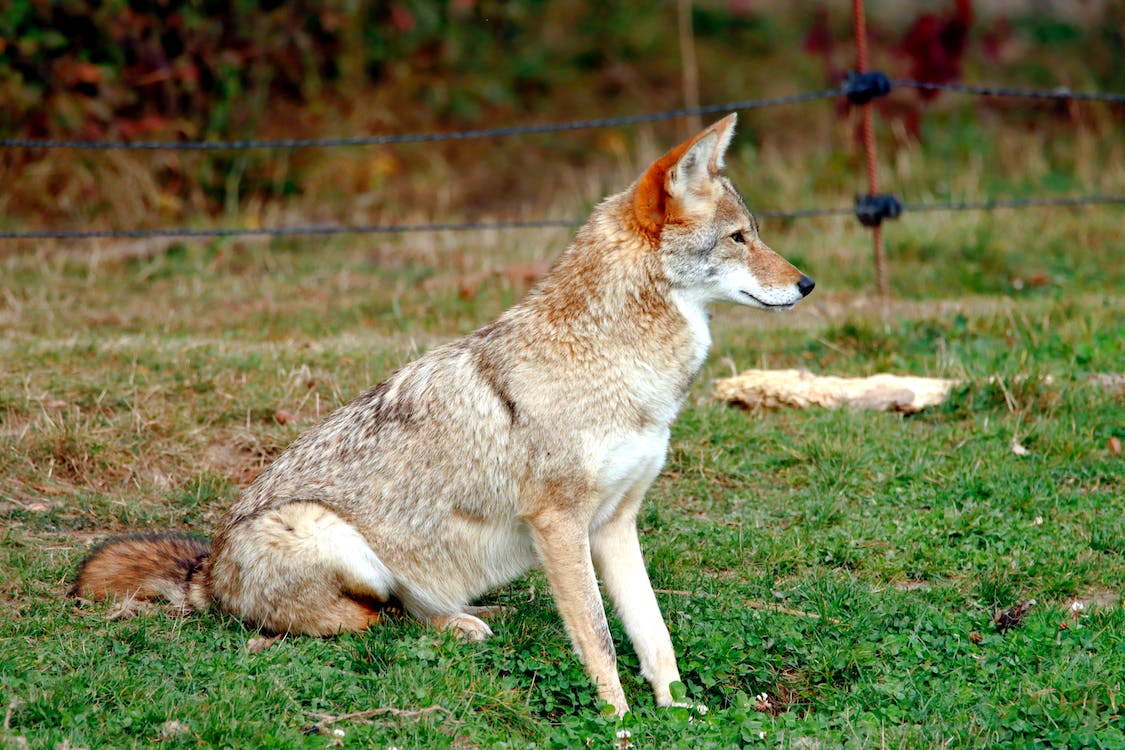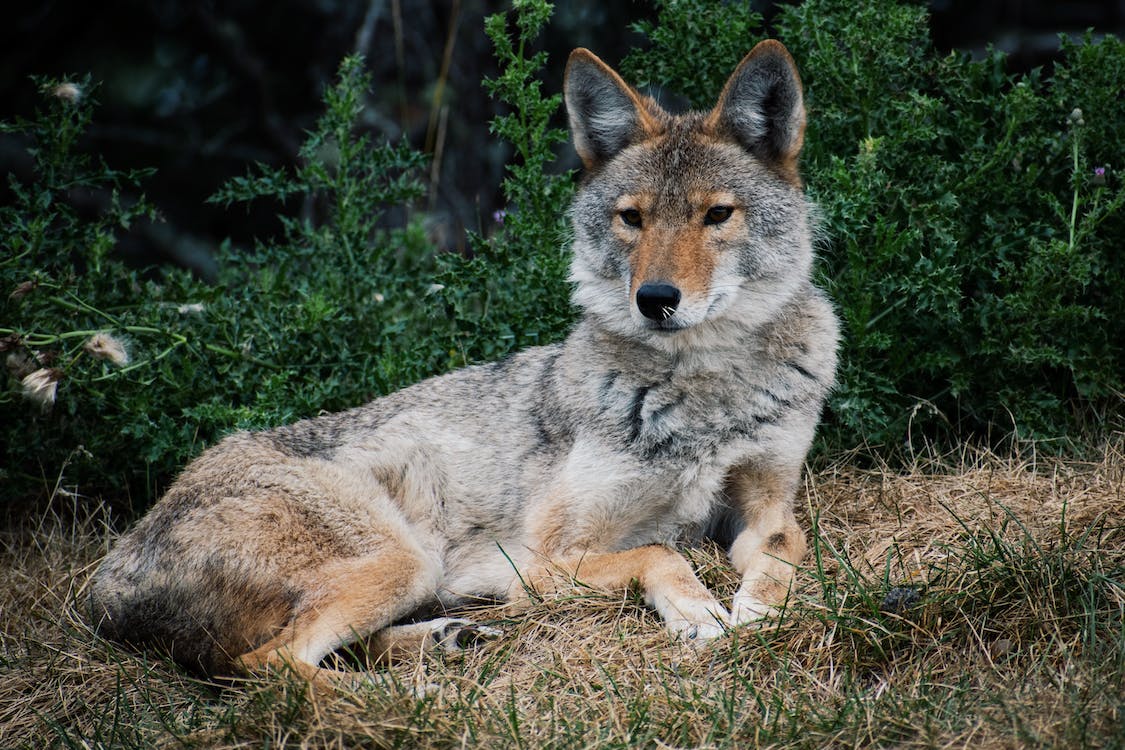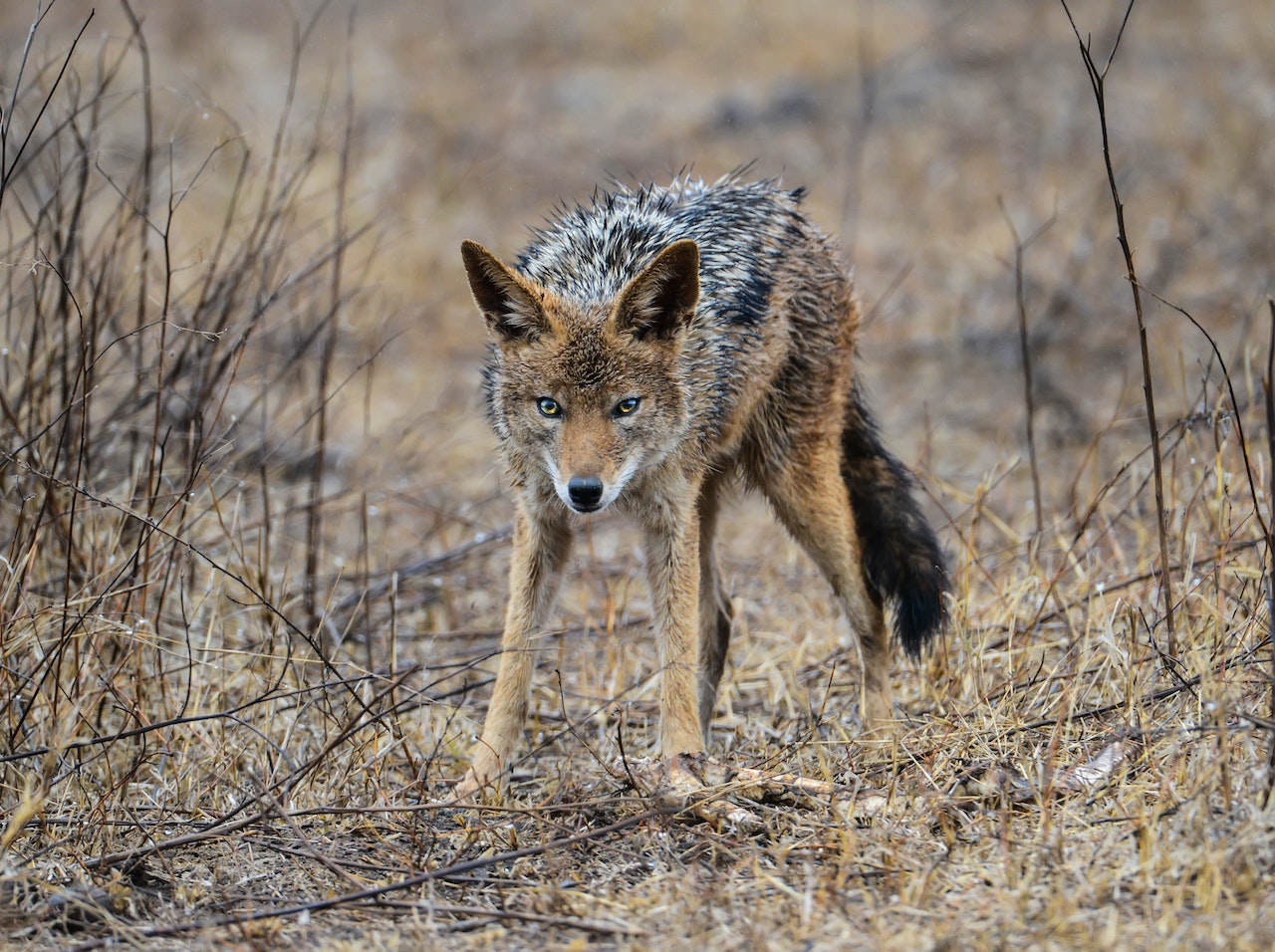 Did you ever consider how closely the family dog and coyote might be connected? One of these curious creatures might be walking with your dog through the park. You might be inspired by their similarity to German Shepherds. Is my dog able to understand the coyote?
Did you ever consider how closely the family dog and coyote might be connected? One of these curious creatures might be walking with your dog through the park. You might be inspired by their similarity to German Shepherds. Is my dog able to understand the coyote?
It’s about to be answered and it’s fascinating. The coyote, also known as the “barking dogs”, mimics many sounds that are familiar to humans. This is where the journey of discovery begins: connecting the dots to discover how much the dog and coyote have in common. You may be surprised.
Tell-Tale Signs Your Dog Understands The Language of Coyotes

The coyote, a dog-like creature, is adaptable and, like our canine friend the wolf, was derived from the wolf long ago. The coyote’s survival instinct is so strong that it has been known to mate and produce offspring called coy-dogs. Some believe this urban legend, while others believe it is true. Coyotes have been known to breed with wolves, which is proof that they will mate with man’s best friend.
Are you convinced?
Fascinating friendships have developed, as “The Dodo” reported. This was a story about a lost dog who was adopted by a wild coyote pack and made to feel like one of their own. Wiley, as his rescuer affectionately called him, was seen running alongside the coyote group near Kingston, New York. Wiley was caught in a trap and taken to Ramapo Bergen Animal Refuge in Oakland. There, staff were stunned to see a loving dog that had no signs of being wild.
Wiley is able to understand the language of coyotes, and so they formed a special bond. This story discredits the idea that coyotes and dogs are incapable of communicating.
Dogs can respond in many ways to coyotes when they are confronted.
Barking is the most obvious sign that your dog is in protective mode. It signals to the coyote to stay away. Coyotes do not like to be in close proximity to people so this is usually avoided. Dogs will sometimes chase coyotes, which is not a good idea when they have wilder skills than the rest of the family. These predators are capable of taking down deer and even stealing small dogs from their yard to eat.
What should you do if your dog challenges a coyote’s leader?
A coyote can growl like a dog when confronted and make a loud huffing sound that literally spits in their opponent’s eye. He will raise his hackles and arches his back, sometimes even walking on tiptoes. Although this is threatening behavior, it may not be a sign of an attack.
Your dog’s body language will initially be curious. He may cocked his head one way and wagged his tail the other. Your dog should leave the area once the coyote has expressed his disapproval. Otherwise, the battle could begin with warning signs of aggression.
As he snarls at the coyote, your dog will pull his ears back. At this point, your dog’s body will become rigid and alert, while staring intently at the coyote. If the coyote howls, it is likely that a backup will be sent. Your dog could attack depending on its breed. If a human cannot intervene, it is anyone’s guess as to what will happen. Your dog will be able to escape if he listens to the early warning signs.
It seems that there is not much love between these canine cousins who are linked by an ancestral code.
History shows that dogs can understand coyotes
Now that you are a little more enlightened about the understanding between your pet Bulldog and the coyote, you might be wondering how this clever canine evolved. It turns out we have to go a long way back in time to a dog-like creature referred to as a Eucyon, or “original dog.”
We find that the ancestor of our coyote and doggie friend, the coyote, walked the earth around 10-15 million years ago in North America. Even though one is wild and the other lives in our homes, the genetic code between the family dog and coyote suggests that they share an understanding.
What happened next?
The history of the world changed 200 years ago when European settlers arrived in Southern Ontario to seize control of the wolf’s territories, decreasing their numbers by a great deal. The coyote was able to move in, and as wolf numbers were steadily declining, survival instinct kicked in to create the Easter Coyote. This breed also included domestic dogs.
Is this too far-fetched?
Non-believers will be pleased to hear a charming story about an Alberta coyote and a neighbor’s dog that produced a cute puppy named D-Jay. This adorable pup displays the characteristics of both canine families.
Although coyotes are known to be shy, they will soon become more comfortable with humans and breed with pets dogs.
Science Points to Dogs Understanding Coyotes
Perhaps, Stella, your majestic Siberian Husky, holds a secret smile when it comes to her coyote relative. She may understand the only difference is her wild counterpart is persecuted by humans, while she is revered by her pet lovers as a precious playmate.
It really did happen!
A beautiful story that will warm your heart was published in Aeon Magazine. It is about a coyote that, for a brief moment, seemed more like a family pet than a predator to be concerned with. One morning, a wildlife photographer saw a coyote walking through her driveway.
The next step was completely unexpected. After a quick sniff of the new toy, the coyote began to play with it just as any other pet doggie. The photographer was captivated and took her camera to capture the moment. The coyote clearly had a lot of fun and, after playing for quite a while, took his toy and ran.
What is the difference?
Dogs can understand coyotes, and they see their history and heritage through their eyes. Man chose dogs to be his companions after a split. Coyotes were, however, ostracized by man and made to suffer as pests. The coyote is a predator with panache. However, it is well-known that they are able to get along with dogs, wolves and people.
Do you need some evidence?
A Fluradil Upine article discusses the ongoing debate over the origins and relationships of dogs to other species. A UCLA canid biologist and molecular geneist discovered that dogs are derived from Grey Wolves, which are very close relatives to coyotes. This confirms that dogs and coyotes are genetically related and have a deeper understanding of one another than we thought.
Teach your dog to understand coyotes

When a smart dog comes across a coyote, he generally understands they are wild and respects their personal space. A dog off-leash might challenge a coyote and be hurt in the conflict. You need to teach Molly your inquisitive Maltese not to approach these stealth creatures. If by chance she has run after a coyote, use your recall command to get her out of there.
The “COME” command is a valuable cue. If you live in coyote territory, Molly will need to be trained to come to your rescue when you call her. Begin the training at home by giving your dog treats and a leash. If Molly is going to the vet or groomers, don’t use this direction. Your call might be interpreted by Molly as something she would rather not do.
This training tool will help Molly get away from a coyote if she comes up against one. You can also do a lot for her as her owner. Slowly pick her up and slowly walk backward. You might send mixed messages to Molly if you turn around and run.
You can use the hazing system to let your canine friend know that you are leaving. This might be enough to scare them away from the ghosts of the plains.
Coyotes can be conflict-prone animal, so dog owners should have some training tips. This includes keeping your dog on leash at all times and not walking them after dark or before dawn. If you want to avoid these trickster dogs, it is best to walk your dog during the day.
To deter curious coyotes from approaching your dog, it is a good idea to have a noise-maker. Molly intuitively knows that the coyote she is a part of her family, but it’s not always a guarantee for a friendly encounter.
We need to be aware and respectful of the behavior traits of coyotes, dogs, and other canines in order to allow them to co-exist. As with humans, coyotes protect their territory and kin, so it is important to show respect.